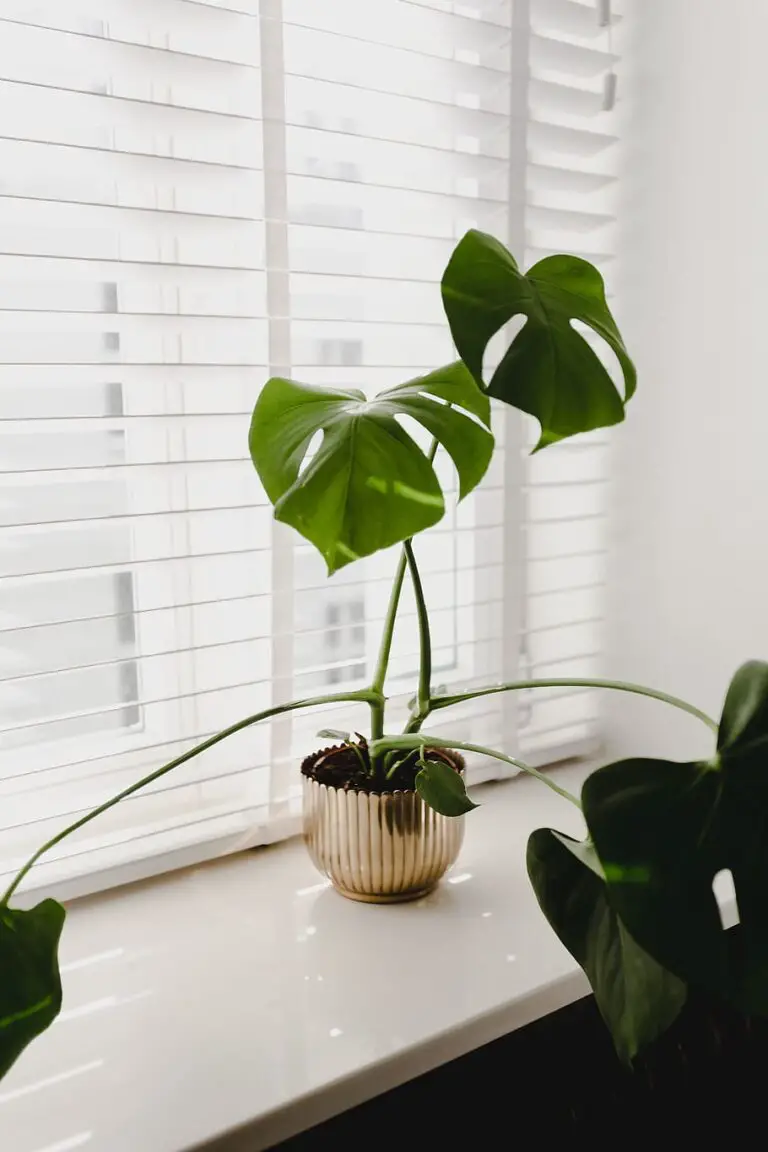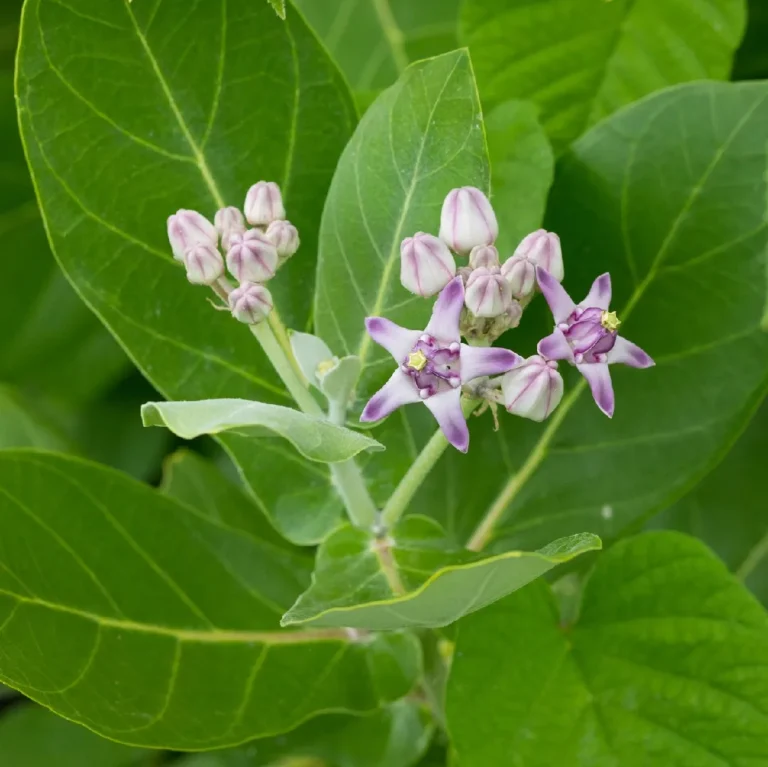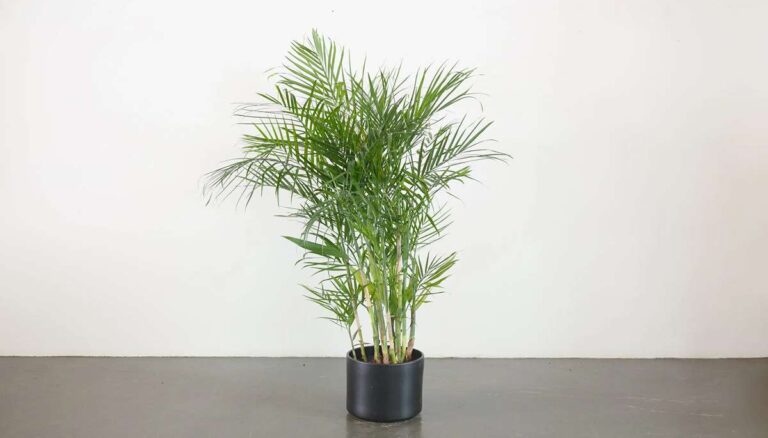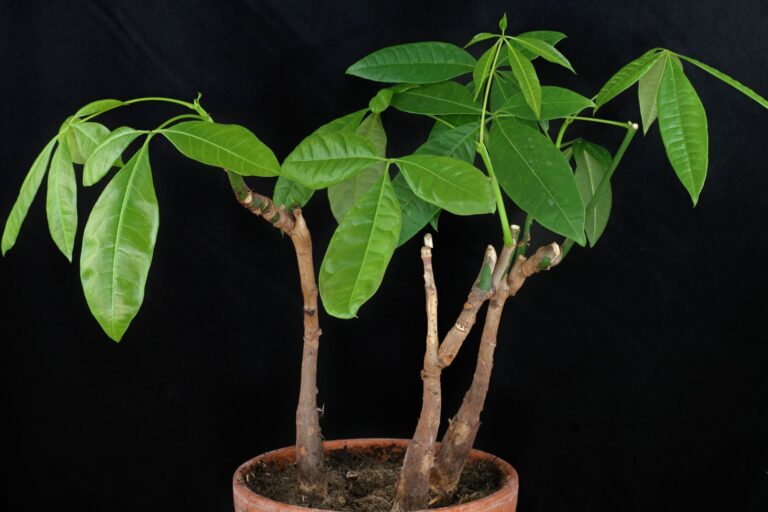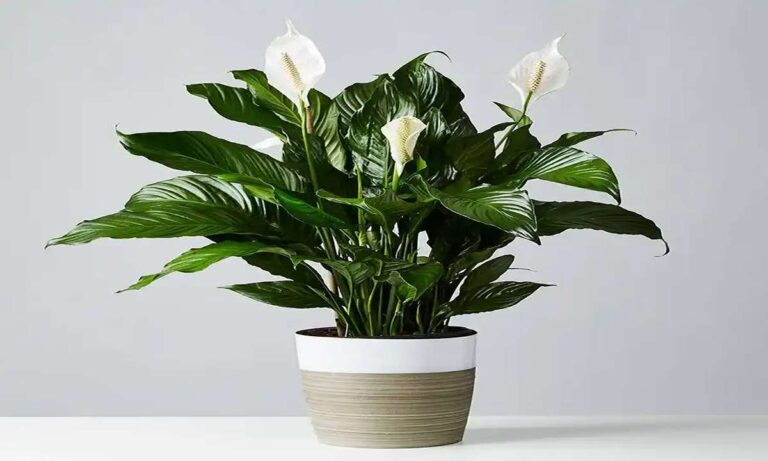When it comes to captivating houseplants that bring a touch of nature indoors, the Australian sword fern (Nephrolepis obliterata) stands out as an exceptional choice. Renowned for its stunning fronds and manageable care requirements, this fern has become a favorite among plant enthusiasts. In this comprehensive guide, we’ll delve into the intricate details of Australian sword fern care, ensuring you have all the knowledge needed to cultivate a thriving indoor garden companion.
I. Introduction
The Australian sword fern, scientifically known as Nephrolepis obliterata, has gained remarkable popularity as a houseplant due to its captivating foliage and relatively easy care regimen. Native to the lush rainforests of Australia, this fern brings a piece of the wild into your living space, providing a refreshing green presence that soothes the eye.
Maria Arrowhead Plant: A Complete Guide To Cultivation And Care
II. Description and Characteristics
Australian sword ferns are characterized by their arching fronds and fine-textured leaves, which contribute to their distinctive elegance. Their growth habit allows them to adapt seamlessly to a variety of indoor environments, making them a versatile choice for both beginner and experienced plant enthusiasts. Their ability to thrive in different conditions gives them an edge in the world of indoor gardening.
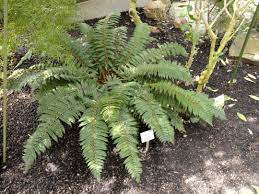
III. Australian Sword Fern Care
A. Light Requirements
When it comes to light, the Australian sword fern has a preference for indirect or filtered sunlight. Exposing it to too much direct sunlight can lead to sunburn and unsightly frond damage. Placing it near a window with sheer curtains or in a spot with bright, indirect light will ensure optimal growth and vibrant foliage.
B. Temperature and Humidity
Maintaining moderate room temperatures is key to the well-being of your fern. Avoid extreme temperature fluctuations and drafty areas, as they can stress the plant. Additionally, providing higher humidity levels is essential, especially in drier climates. Mist the plant regularly or use a humidity tray to create the moist environment it thrives in.
C. Watering
Consistently moist soil is vital for the health of your Australian sword fern, but be cautious not to overwater and lead to waterlogging. To strike the right balance, water the plant thoroughly when the top inch of soil feels dry to the touch. This ensures the roots receive the necessary hydration without risking root rot.
D. Soil and Potting
For optimal growth, choose a well-draining potting mix that mimics the fern’s natural habitat. This prevents water from pooling around the roots, which could lead to issues. Repotting every couple of years not only refreshes the soil but also provides ample space for the fern to expand its root system.
E. Fertilization
During the growing season, the Australian sword fern benefits from moderate feeding. A balanced liquid fertilizer, diluted to half strength, should be applied every 4-6 weeks. This nourishes the plant without overwhelming it, ensuring steady growth and vibrant fronds.
F. Pruning and Maintenance
Pruning is essential to maintain the health and appearance of your fern. Trim away dead or yellowing fronds close to the base to encourage new growth and maintain its visual appeal. Additionally, as the plant matures, you might need to divide crowded plants to ensure each portion continues to flourish.
G. Pests and Diseases
Like any plant, the Australian sword fern is susceptible to pests such as spider mites and scale. Regularly inspect the leaves for signs of infestation, and promptly address any issues to prevent them from spreading. Maintaining a clean and well-ventilated environment helps reduce the risk of these problems.
Pansies: An Enchanting Symphony Of Colors In Gardening And Floristry
IV. Propagation
Propagating the Australian sword fern can be an exciting venture. Division is a reliable method, involving separating and repotting new plantlets that form at the base of mature ferns. This process not only gives you new plants but also encourages the parent plant’s vitality.
V. Features and Attributes
The Australian sword fern stands out for its ability to thrive in indoor settings, adding a touch of elegance to your home. Its adaptability, combined with its graceful fronds and manageable care requirements, make it an ideal choice for both novice and experienced gardeners.
20 Fragrant Flowers Plant: Symbolism & History
Here is some additional information about the Australian Sword Fern:
- The Australian Sword Fern was first described by the botanist Robert Brown in 1810.
- It is a member of the spleenwort family (Aspleniaceae).
- It can grow up to 6 feet tall.
- The fronds are dark green and glossy.
- The fern blooms in spring, producing small, brown flowers.
- The Australian Sword Fern is found in a variety of habitats, including forests, woodlands, and grasslands.
- It is a hardy plant and can tolerate a variety of conditions, including drought and frost.
History
The Australian Sword Fern has been used by Indigenous Australians for centuries for a variety of purposes. The fronds were used for bedding, roofing material, and fishing nets. The roots were used as a medicinal treatment for a variety of ailments, including skin sores, fevers, and stomachaches. The fern was also considered to have spiritual significance, and was often used in sacred ceremonies.
National Flower
The Australian Sword Fern is not the national flower of any country. The national flower of Australia is the Golden Wattle (Acacia pycnantha).
Status in Culture
The Australian Sword Fern is considered to be a symbol of strength and endurance in Australian culture. The fern’s long, sword-like fronds are said to represent the resilience of the Australian people in the face of adversity. The fern is often used in Australian art and literature, and it is a popular symbol of national pride.
Flower Symbolism
The flowers of the Australian Sword Fern are considered to be a symbol of new beginnings. The flowers bloom in spring, which is a time of new growth and renewal. The flowers are also small and delicate, which is often seen as a symbol of hope and optimism.
Uses
The Australian Sword Fern is used for a variety of purposes, both traditional and commercial. The fronds are used for bedding, roofing material, and fishing nets. The roots are used as a medicinal treatment for a variety of ailments. The fern is also used in the production of herbal supplements and cosmetics.
The Australian Sword Fern is a beautiful and versatile plant that has played an important role in Australian culture for centuries. It is a symbol of strength, endurance, and resilience, and it continues to be a popular plant today.
VI. Conclusion
To recap, maintaining a flourishing Australian sword fern involves careful attention to its light preferences, temperature, humidity levels, watering routine, soil, fertilization, pruning, and pest management. By adhering to these guidelines, you’ll ensure that your fern not only survives but thrives, gracing your space with its natural beauty.
In conclusion, the Australian sword fern serves as a testament to nature’s wonders, transforming your indoor environment into a lush haven. With its striking appearance and forgiving care requirements, it’s no wonder that this fern has captured the hearts of plant enthusiasts around the world.
Frequently Asked Questions About the Australian Sword Fern:
Do Australian Sword Ferns Like Sun or Shade?
Australian sword ferns (Nephrolepis obliterata) have a preference for indirect or filtered sunlight. They thrive best when placed in locations with bright, indirect light. While they can tolerate some exposure to sunlight, it’s important to avoid placing them in direct sunlight for extended periods. Too much direct sunlight can lead to sunburn and damage to their delicate fronds.
How Do You Take Care of an Australian Sword Fern?
Taking care of an Australian sword fern involves several key aspects:
- Light Requirements: Provide your fern with bright, indirect light. Avoid placing it in direct sunlight to prevent leaf damage.
- Temperature and Humidity: Maintain moderate room temperatures and higher humidity levels. Mist the plant or use a humidity tray to create a humid environment, especially in drier climates.
- Watering: Keep the soil consistently moist, but avoid overwatering. Water the plant when the top inch of soil feels dry to the touch.
- Soil and Potting: Use a well-draining potting mix to prevent waterlogging. Repot every few years to refresh the soil and provide room for growth.
- Fertilization: Feed the fern with a balanced liquid fertilizer diluted to half strength every 4-6 weeks during the growing season.
- Pruning and Maintenance: Trim away dead or yellowing fronds to encourage new growth. Divide crowded plants if needed to maintain their health.
- Pests and Diseases: Regularly inspect the fern for pests like spider mites and scale. Address any issues promptly to prevent infestations.
What Is the Sword Fern Used For?
The sword fern, also known as the Australian sword fern, serves primarily as a decorative houseplant. Its graceful arching fronds and fine-textured leaves make it a popular choice among indoor plant enthusiasts. With proper care, it adds a touch of elegance and natural beauty to various indoor settings, ranging from homes to offices and commercial spaces.
Can Sword Ferns Take Full Sun?
While Australian sword ferns can tolerate some exposure to sunlight, they are not well-suited for full sun conditions. Too much direct sunlight can lead to leaf burn and damage. It’s best to place them in areas with bright, indirect light or filtered sunlight. This will help them thrive without the risk of sun-related issues.

